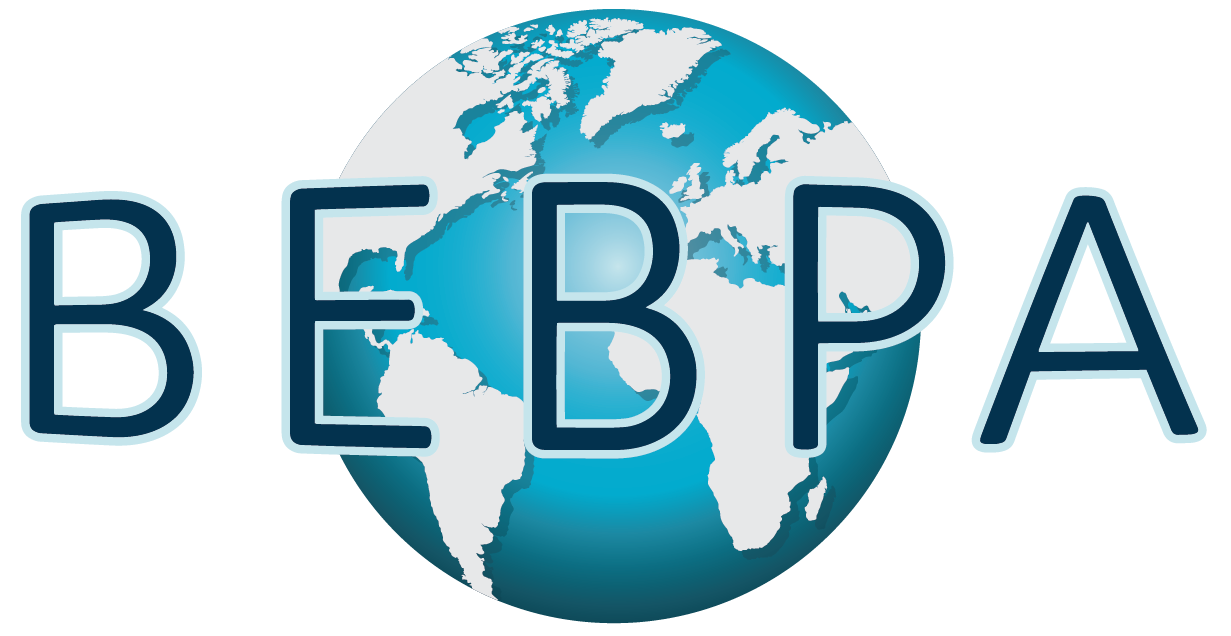BEBPA Blog
Volume 2, Issue 5
Reference Standards for Biosimilars
By Anton Stetsenko, M.D., M.B.A, Board Member, BEBPA
The importance of suitable reference materials for potency assays and other relative format assays in protein therapeutics cannot be overstated. Since potency is quantified through comparison to a Reference Standard, the accuracy of potency and system suitability parameters depends entirely on the quality of the Reference Standard. Therefore, biopharmaceutical manufacturers should plan and establish a reliable 2-tier Reference Standard program early in development. This ensures a point of comparison for all needs throughout all stages of development, from manufacturing changes such as scale-up and formulation optimization to commercial QC release and stability testing. The most recent BEBPA Reference Standards conference provided a virtual platform for various participants, including regulatory bodies, to discuss best practices for establishing a robust strategy for Reference Standards.
There was particular interest in Reference Standards specific to biosimilar products. The development of biosimilar medicines has significantly evolved since the first approval in 2006, and many biosimilar producers have benefited from established and calibrated Reference Standards from external sources, government, and non-profit organizations such as USP, EDQM, MHRA, WHO, NIST, and NIBSC. While this is true for 1st generation biosimilars (small therapeutic proteins, hormones, and growth factors), there is a high and growing demand for 2nd generation complex biosimilars (monoclonal antibodies and fusion proteins). The next wave of 3rd generation biosimilars (cell and gene therapy products) may not be too far off. Some organizations are in-process of Reference Standards establishment for 2nd generation biosimilars (e.g., USP Monoclonal Antibody Reference Standards program – click here for more information).
The conference speakers and workshop participants emphasized the importance of recognizing differences between external Reference Standards and biosimilar products. Manufacturers must ensure that the external reference material is fit for purpose. Some external reference preparations are suitable only for physicochemical testing (e.g., HPLC assay) and cannot be used in bioassays due to formulation (matrix effect) or concentration (low quantity of active compound) discrepancies, which may require additional manipulations with the Reference Standard. Even when external standards are designed specifically for potency evaluation, differences in activity units’ assignment and composition between different external sources pose challenges for biosimilar manufacturers. One of the most common problems for external suppliers is sourcing the Drug Substance or API to produce a Reference Standard, and this is where support from manufacturers is crucial. The initiative for global alignment between external Reference Standard suppliers and organizations to produce, characterize, and harmonize calibration was articulated and welcomed by all participants.
In the absence of external Reference Standards, a biosimilar manufacturer must utilize all available sources of licensed products (also known as Referenced Listed Drugs in ANDA submissions) to establish a point of comparison for initial characterization and comparative analytical assessment. While this practice is widespread and meaningful, it presents specific challenges beyond availability and cost. One suggested strategy is to pool different lots of licensed products to achieve suitable representation in the initial Reference Standard preparation. The number of these lots may vary from a few to up to 30, depending on the situation, class of biosimilar, and quality attribute in question. However, licensed and biosimilar products have different formulations and may exhibit different activities due to variations such as glycosylation profiles. These activities may require different formats of bioassays (e.g., binding and cytotoxicity), especially in the case of multi-mode Mechanism of Action. Therefore, it is imperative to initiate the development and qualification of interim in-house Reference Standards that represent biosimilar manufacturing processes and product properties. This will establish a basis for a 2-tier Reference Standard to support development towards commercialization and licensing.
Ultimately, a comprehensive strategy that combines external and in-house reference standards is crucial for ensuring the quality and comparability of biosimilar products.

About The Author: Anton Stetsenko, M.D., M.B.A.
With 20 years of experience in the pharma/biotech industry, Anton Stetsenko is a consultant in CMC potency method development, validation, and troubleshooting. He specializes in in vitro enzyme activity, cell-based assays, immunoassays, and animal models. Anton has worked at Abbott Laboratories, Fresenius Kabi (formerly APP Pharmaceuticals), Dynavax Technologies, Orchard Therapeutics, ADC Therapeutics, 4D Molecular Therapeutics, and Orca Bio, where he was responsible for all aspects of the potency method lifecycle including comparability studies, method transfer, personnel training, data tracking and trending, customization of data analysis, preparation of regulatory submissions, reference standards, and qualification of critical reagents. This journey allowed him to learn about CMC potency aspects specific to different biopharmaceutical products such as small molecules, biosimilars, vaccines, antibody-drug conjugates, gene and cell therapies. He holds a Doctor of Medicine degree with an emphasis on clinical biochemistry from the Russian National Research Medical University and an MBA in General Business from Lake Forest Graduate School of Management.
